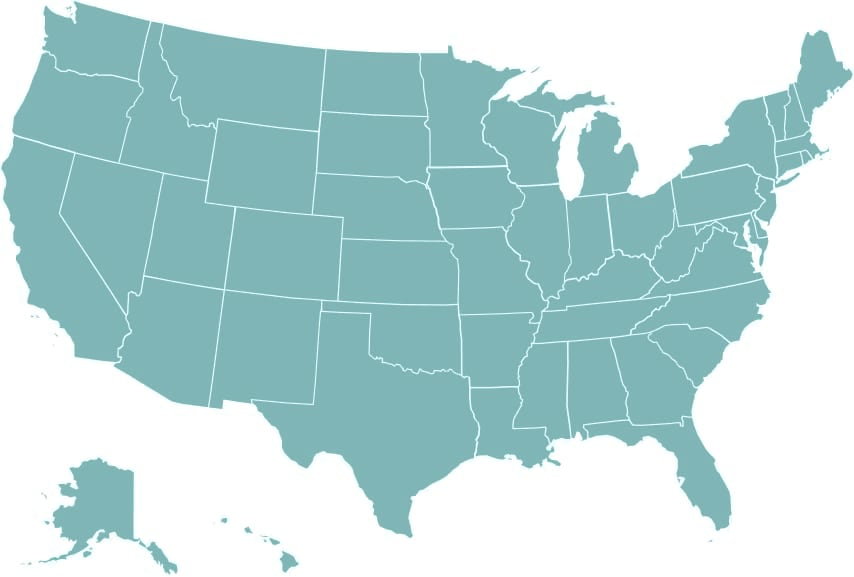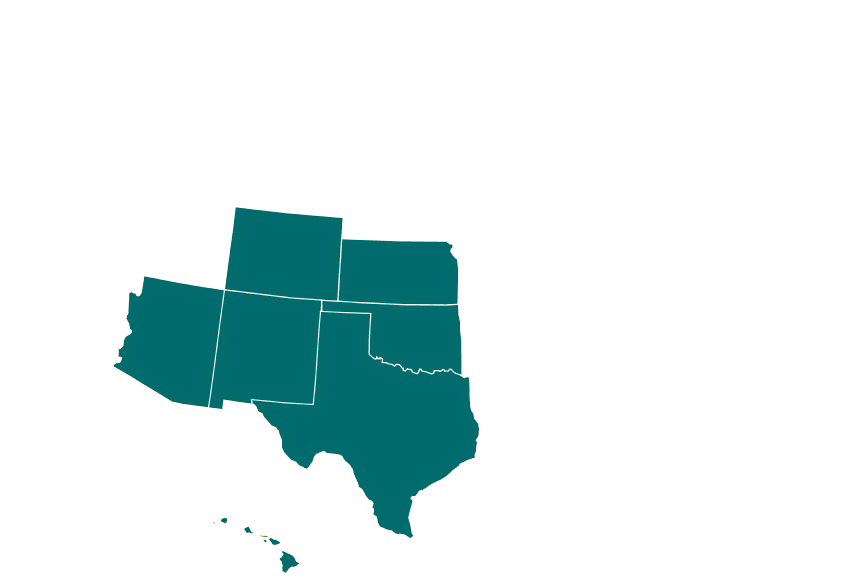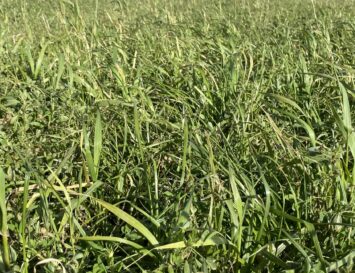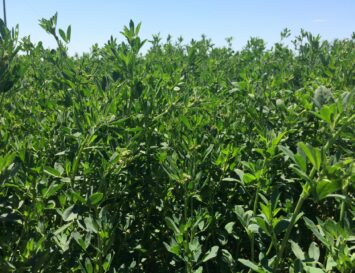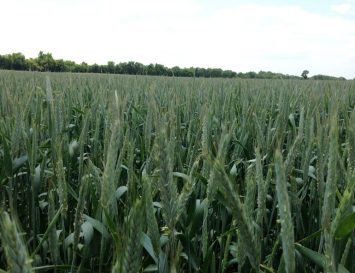Scorpion
$300.00
The name says it all. Plant this bad boy in the hottest of hot and count on it to perform. It’s suitable for hot southern climates, extremely persistent, and recovers quickly for high yields.
| Package | 50 lb bag |
Need some help? Contact us.

Product Guide
Agronomics
Fall Dormancy: 9
Winter Survival: N/A
Yield Level: 10
Forage Quality: Very Good
Root Type: Tap
Planting
In the southern United States the most ideal time to plant alfalfa is late August to Early October. If using Scorpion in the northern US, a spring seeding is still applicable when soil temperatures are nearing 55 degrees Fahrenheit.
Seeding Rate- 15-20 lbs/acre
Ideal Seeding Depth- 1/4 – ½’’
Fertility
- Alfalfa requires 12 lbs of P2O5, 49 lbs of K2O, and 5.4 lbs of S per ton of forage produced.
- Make fertilizer applications based on expected yield and soil fertility levels.
- If soil fertility levels are low, applying 25-30 lbs/acre of nitrogen at planting will help increase stand establishment.
- Do not exceed a total of 10 lbs/acre of N+K if fertilizer is placed in-furrow at planting.
Weed Control
Plant into a clean, weed-free seedbed and consider using the herbicide options below for optimal weed control:
| Timing | Herbicide | Rate | Notes | Weeds Controlled | Control Method |
| Preemergence (seeding) | Butyrac 200 (2,4-DB) | 1-3 qts/a | Apply before weed heights exceed 3″. Minor crop injury may occur. | Broadleaves | Contact |
| Pursuit (Imazethapyr) | 3-6 oz/a | Apply when seedling alfalfa is in the second trifoliate stage or larger | Broadleaves | Contact | |
| Poast (Sethoxydim) | 0.75-2.0 pts/a | Apply before weeds exceed 8″ in height. | Grasses | Contact | |
| Select Max (Clethodim) | 9-16 oz/a | Apply before weeds exceed 8″ in height. | Grasses | Contact | |
| Broclean (Bromoxynil) | 1.0-1.5 pts/a | Apply when alfalfa has a minimum of 4 fully developed trifoliates. Minor crop injury may occur. | Broadleaves | Contact | |
| Postemergence (established) | Butyrac 200 (2,4-DB) | 1-3 qts/a | Apply before weed heights exceed 3″. Minor crop injury may occur | Broadleaves | Contact |
| Pursuit (Imazethapyr) | 3-6 oz/a | Apply immediately after a cutting before excessive regrowth begins. | Broadleaves | Contact | |
| Poast (Sethoxydim) | 0.75-2.0 pts/a | Apply before weeds exceed 8″ in height. | Grasses | Contact | |
| Select Max (Clethodim) | 9-16 oz/a | Apply before weeds exceed 8″ in height. | Grasses | Contact |
Management
Typical Alfalfa Management Developed by University of Arkansas Cooperative Extension Service
- January/February
- Take soil samples
- Scout for winter weeds
- Check with ag suppliers for availability of herbicide, fertilizer, other inputs
- Repair and service harvesting machinery
- March/April
- Start scouting for alfalfa weevil and spray if threshold is reached
- Spray for winter weeds if needed
- Can apply first half of fertilizer or wait till after first cutting
- Prepare hay harvest equipment
- First hay harvest may occur in late April in the southern US.
- May
- First hay harvest generally occurs within first two weeks of May for southern US
- Fertilize after first cutting if not done in March, Include boron
- Second harvest will be about 30-35 days after first cut
- June
- Second cutting will be 30-35 days after first cut
- Scout for potato leafhopper and three-cornered alfalfa hopper and weeds
- July
- Third cutting should still be on the 30-35 day schedule
- Scout for summer insects, and weeds
- Apply second half of fertilizer after third cutting
- August
- Fourth cutting should still be on track unless drought reduces growth
- Scout for summer insects and weeds
- September
- Fourth cutting will be harvested if not done in August
- Do not cut or graze fields after Sept. 15 to allow plants to build root reserves for winter
- Final harvest can occur after Nov. 1
- Test hay from each cutting and formulate winter livestock feeding plans
- October
- Do not graze or cut fields.
- November
- Final grazing or hay harvest can occur after November 1
- Growth can be left unharvested if forage is not needed.
- December
- Scout for winter weeds
- Formulate winter hay feeding plan using alfalfa hay/baleage
- Makes plans for next season
Multiple Regions
Every acre is different and our goal is to help you know what works best in your area. This 'Growing Regions' section showcases where this species works best. If you have any questions on product placement, feel free to contact our experts and we will help!
